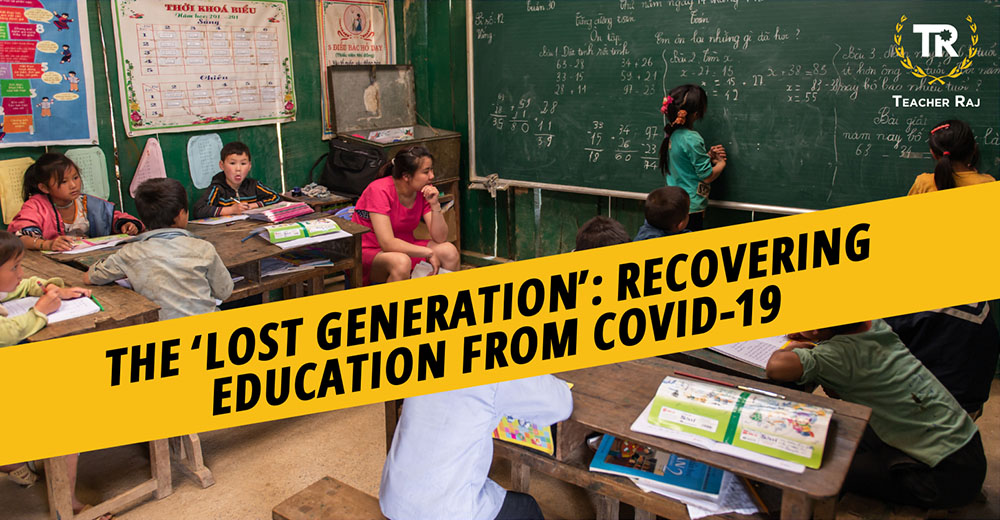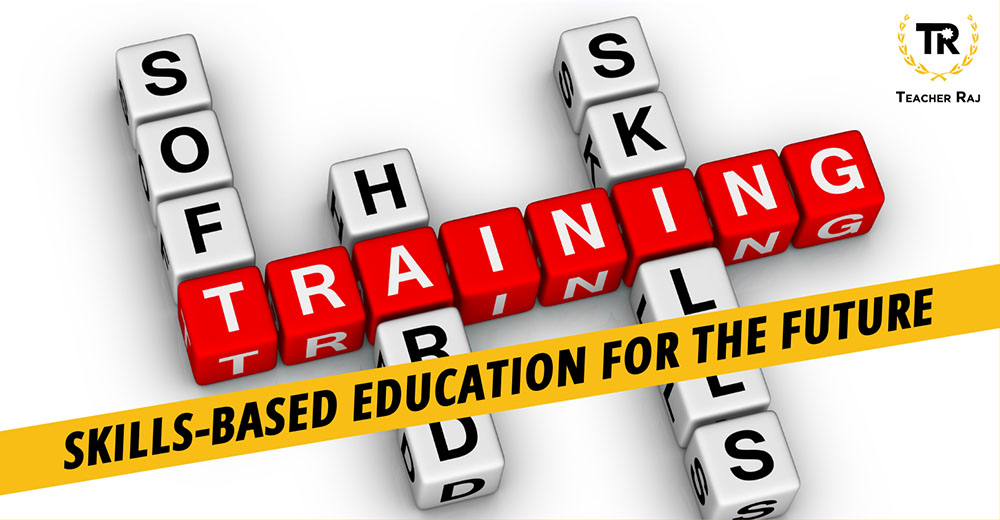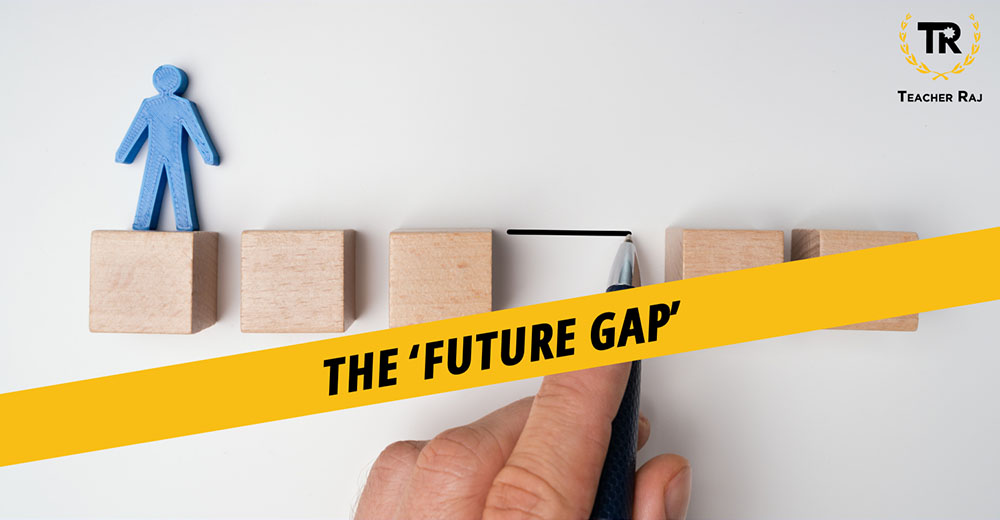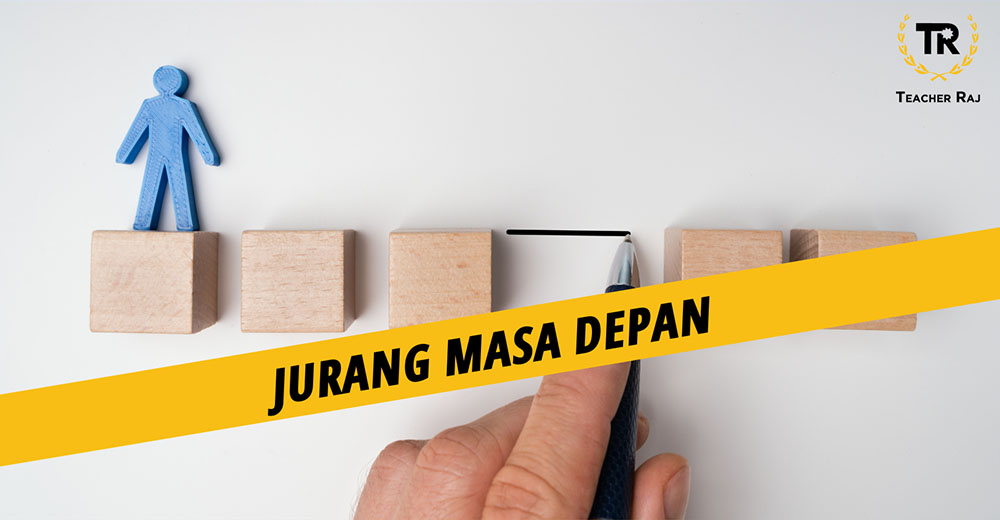When the Covid-19 pandemic shut down schools across the globe, it disrupted education for 1.6 billion students at its peak. While it was necessary to stem the outbreak, we are beginning to see just how deeply it is affecting a generation of young people who have ‘lost’ their education due to prolonged school closures.
Learning loss
“Learning loss” is a term that describes loss of knowledge or skills due to interruption to academic progress, which most commonly happens when there are lengthy gaps in a child’s education. It is not a new concept, or unique to the Covid-19 pandemic, as it can be caused by other factors such as dropping out of school and prolonged absences.
But a global pandemic has brought about learning losses at an unprecedented level and reach. It has especially highlighted the glaring socioeconomic gaps between the rich and poorer countries. Learning losses were also worsened by harsh, lengthy lockdowns and restrictions. Countries that were already struggling education-wise, found themselves grasping for a lifeline.
Effects of learning loss
What happens when there is considerable disruption to education? The impact is not only felt in the present but can also adversely affect the future. According to a report published by World Bank, UNESCO and UNICEF, this generation of students now risk facing a loss of $17 trillion in lifetime earnings in present value, or about 14% of today’s global GDP, due to Covid-19 pandemic-related school closures.
Learning losses can also lead to increase of risk of facing child labour, gender-based violence, early marriage, and pregnancy. Girls are also more at risk, and face more severe consequences of losing out on their education.
“This will be the future of our young people, if we do not act quickly to recover the situation.”
Reopening of schools, in some countries, ranked quite low in the ladder of priorities. Malaysia has undergone nearly 35 weeks of school closure in 2021 – one of the longest in the world (in contrast, schools in high-income countries were only closed between 0-16 weeks). It was reported that 21,316 students dropped out of school during Covid-19, from March 2020 – July 2021. That is an astounding number.
A survey by United Nations Population Fund (UNFPA) and United Nations Children’s Fund (Unicef) found that a disproportionate number of dropouts were from many of Klang Valley’s poor communities. Disruption of in-person classes have contributed to disinterest in studying. Many have disengaged from online classes, citing lack of devices/Internet connection, and a struggle to cope with new learning modes.
The survey also found that 8 out of 10 students come from households with no computers or laptops, while 9 out of 10 only had smartphones as their learning devices. And when schools reopened, those in the lower income bracket, who had also suffered financial strain due to the pandemic, found themselves unable to afford things like transportation to school, and even face masks, which were mandatory.
“The more hindrances exist for a student to attend school, the less likely they will return.”
Removing the barriers to recovery
Reopening schools alone is not the answer. The gaps and shortcomings of education as we knew it have to be addressed immediately. The education methods pre-Covid-19 have to be re-examined, as it might not be sufficient to recover all the ground that was lost to school closures.
Schools will have to integrate technology into learning and prepare students with the skills to utilise it. As the pandemic is still ongoing, hybrid learning methods are here to stay for a while longer. Many students and teachers were caught by surprise with the sudden switch to online modes of learning, and many flailed and were unable to keep up. It is now crucial to equip every student and teacher with the technological knowledge as a way forward.
There is a pressing need for a tailored approach, as children have differing needs. We must also be aware of the necessity of not just meeting their learning needs, but also their psychosocial and emotional needs. Children worldwide have had to experience a drastic change to their lives, and there will be effects.
More needs to be done to ensure lower-income students are not left behind.
“Considering that education is the primary way out of poverty, and an opportunity for a better life; and that lower income students are more adversely affected by the pandemic, it is increasingly critical and urgent.”
The pandemic has created a ‘lost generation’, but if we work quickly and effectively to address the issues and work towards closing the gaps, we may be able to help them find their way back.







